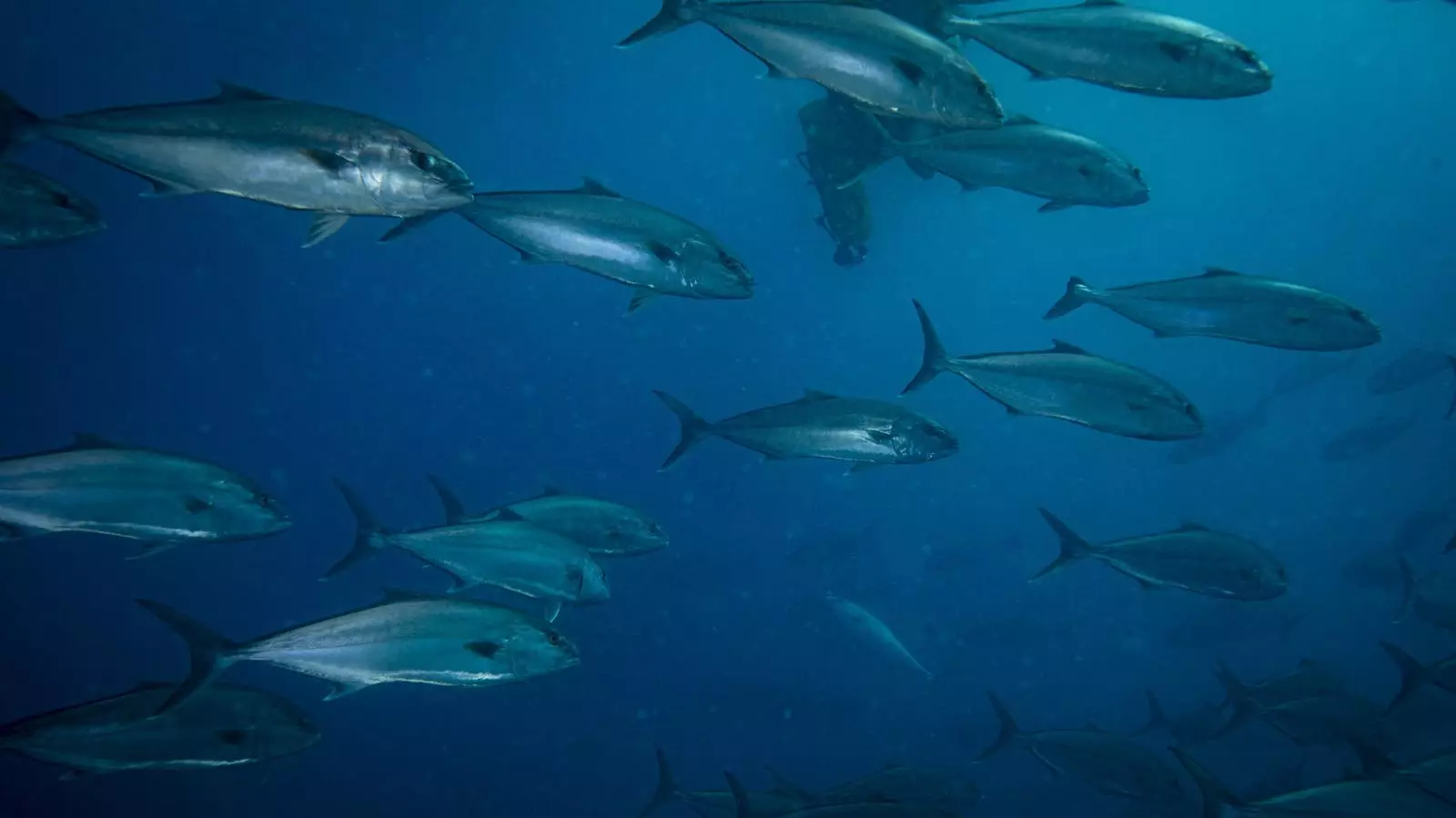The importance of blue foods in today’s world cannot be overstated. For over three billion individuals globally, aquatic foods represent a primary source of essential nutrients and protein. Moreover, blue food systems not only nourish millions but also support the livelihoods of approximately 800 million people. Despite this substantial impact, discussions surrounding blue foods are often overshadowed in the broader dialogue about sustainable food systems. This oversight risks undermining the crucial role that these aquatic resources play in global food security and environmental sustainability.
As we enter a pivotal moment for blue food systems, the potential for establishing sustainability as the standard rather than an adjunct option exists. The choices made today could lead us toward a future where responsible practices prevail, or they could ensnare us in the same detrimental patterns that plague land-based agriculture. The transition to sustainable blue food systems is not merely an idealistic notion; it is an essential pathway for ensuring food security and environmental health for generations to come.
Blue food systems are not immune to the environmental challenges that characterize other food production sectors. Key issues such as rising water temperatures, climate change, pollution, and the degradation of aquatic habitats pose significant threats to the stability of fisheries worldwide. Notably, almost 90% of all fisheries workers are involved in small-scale operations, which yield approximately 40% of the global fish catch. These statistics highlight the crucial role that small-scale fishers play in the fisheries sector. However, they also underscore the potential vulnerability of these operations to external pressures, including competition from larger industrial fishing entities.
The health of our oceans and waterways directly affects the welfare of these small-scale fishers and, by extension, the communities that rely on their catch. Consequently, it is imperative to adopt strategies that prioritize the resilience of small-scale fishing communities and promote the sustainability of blue food systems. The dichotomy between large-scale industrial fishing and small-scale operations warrants not just recognition but active support as we seek to transform blue food systems into examples of sustainability.
There is hope on the horizon as leaders within the blue food landscape begin to emerge and advocate for change. These innovators are dedicated to fostering the next generation of leaders who will navigate the future of blue food systems and aquaculture. Initiatives like the North American Marine Alliance, led by Niaz Dorry, aim to ensure fair compensation for fishers while promoting diverse aquatic food sources. This focus on economic empowerment is crucial for building resilient fishing communities that can thrive in the face of environmental challenges.
Programs like the Lift All Boats Project exemplify the type of mentorship that can help young individuals enter the seafood industry, particularly those who might lack traditional pathways into this field. These efforts are critical for inclusivity, especially for underrepresented groups within the aquaculture sector. Organizations such as Minorities in Aquaculture, founded by Imani Black, work tirelessly to create opportunities for women of color through hands-on internships and skill development.
The future of blue food systems also hinges on the integration of traditional practices with innovative sustainable technologies. For instance, companies like Wholechain are striving to enhance transparency and traceability within seafood supply chains, while initiatives like Fed By Blue highlight responsible sourcing and innovative policy support. Urban aquaponics programs, such as those spearheaded by Oko Farms in New York City, demonstrate how aquaculture can contribute to urban food security and environmental awareness when accessible to diverse communities.
The actions taken today will ultimately dictate the trajectory of blue food systems worldwide. Encouragingly, preliminary data indicates a cautious optimism regarding the sustainability of fisheries, particularly in regions like the United States, where fishery health appears to be on the mend. The recent release of the United Nations Food and Agriculture Organization’s Guidelines for Sustainable Aquaculture offers a comprehensive framework designed to promote responsible and scientifically sound practices in fisheries development.
Each consumer plays a vital role in shaping the future of blue food systems. By prioritizing sustainable and small-scale fisheries in their purchasing decisions, individuals can contribute to a more equitable and environmentally sound food system. As citizen eaters, the power to influence change rests in the choices we make every day—choices that can either support thriving blue food systems or contribute to their decline.
The narrative surrounding blue foods must evolve beyond a peripheral topic in discussions of future food systems. Collective action toward sustainability, community empowerment, and inclusivity can pave the way for a resilient blue food landscape that benefits both people and planet. The future of blue foods depends on our ability to act decisively today, ensuring a sustainable and nourishing tomorrow.


Leave a Reply